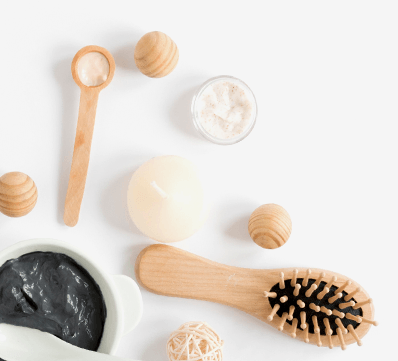
Aromatherapy massage combines the benefits of traditional massage with the therapeutic use of essential oils. This technique aims to enhance physical and emotional well-being by promoting relaxation, reducing stress, and improving mood. The essential oils are chosen based on their specific properties and the recipient's needs.
Procedure
-
Consultation:
- Discuss your health history, specific needs, and preferences with the therapist. This includes any allergies or sensitivities to essential oils.
-
Selection of Essential Oils:
- The therapist selects a blend of essential oils tailored to your needs (e.g., lavender for relaxation, eucalyptus for respiratory benefits, or peppermint for invigoration).
-
Preparation:
- Disrobe to your comfort level and lie on the massage table, typically covered with a sheet or towel. The room is often prepared with a calming ambiance, including dim lighting and soothing music.
-
Application of Essential Oils:
- The therapist mixes the chosen essential oils with a carrier oil (like jojoba, almond, or coconut oil) and applies the blend to your skin.
-
Massage Techniques:
- The therapist uses a combination of massage techniques, such as Swedish massage strokes, to work the oils into the skin and muscles. The pressure can be adjusted based on your comfort level and needs.
-
Inhalation:
- As the massage progresses, you naturally inhale the essential oils, which can enhance the therapeutic effects through their aroma.
-
Focus on Specific Areas:
- The therapist may concentrate on particular areas of tension or discomfort, using the essential oils to aid in relaxation and healing.
-
Cool-down:
- The session may end with gentle, soothing strokes to promote overall relaxation and ensure the oils are fully absorbed.
-
Post-Massage Advice:
- After the massage, the therapist may provide tips for self-care, such as staying hydrated and avoiding direct sunlight if photosensitive oils were used. They may also recommend specific essential oils for home use to extend the benefits of the massage.
© 2025 Garnet Royal Spa . All Rights Reserved.


